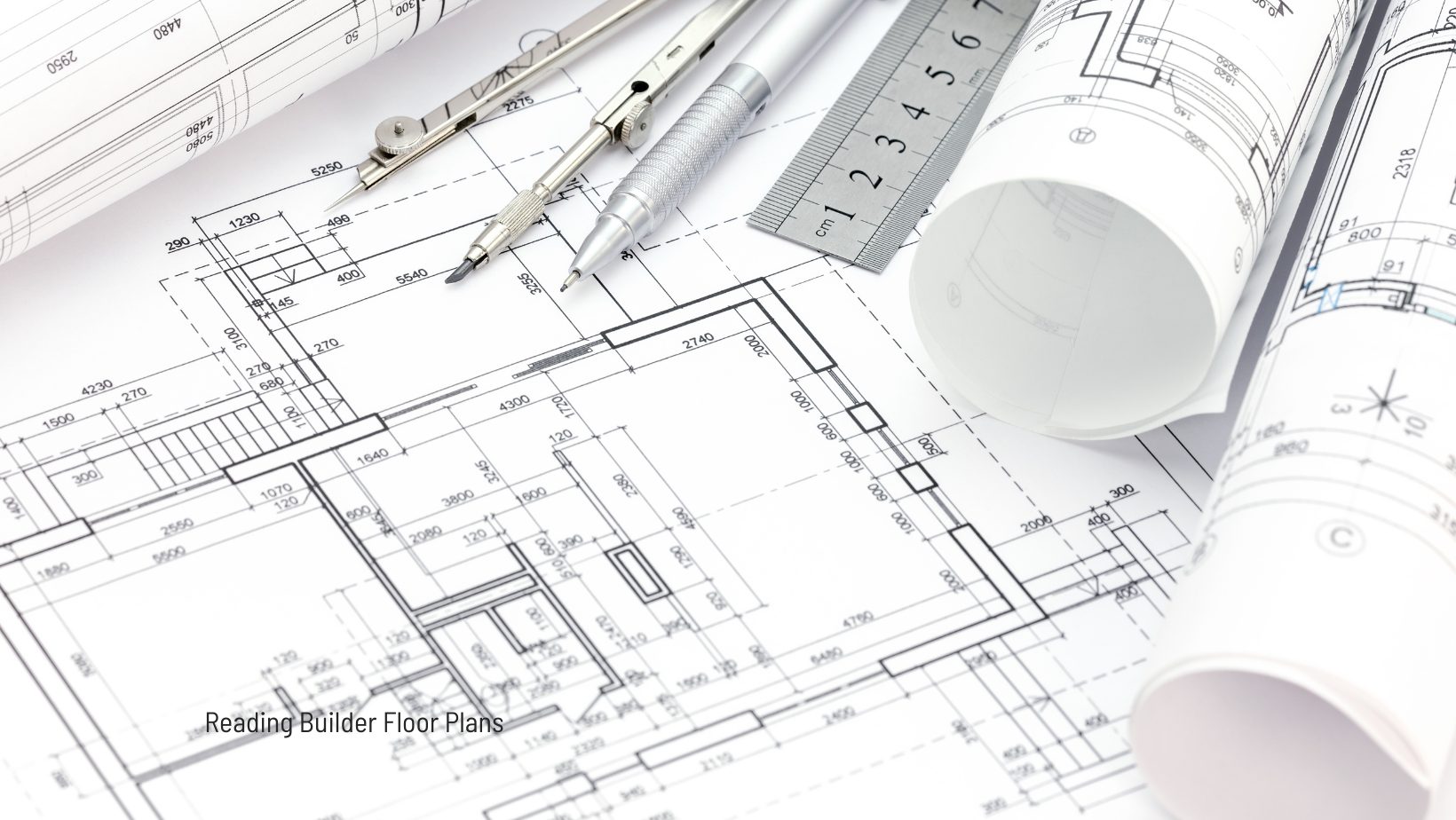Reading builder floor plans when considering a new construction home in Edmonton is one of the most critical element to selecting your home. Floor plans serve as the blueprint for your future home, offering a detailed visualization of its layout, dimensions, and features. Understanding these documents can empower you to make informed decisions and ensure your new home meets your needs and lifestyle.
In this comprehensive guide, we’ll delve into the essential elements of floor plans, how to interpret them effectively, and how they can influence your home-buying journey in Edmonton.
What Is a Floor Plan?
A floor plan is a scaled diagram that shows the layout of a home from a top-down perspective. It includes walls, doors, windows, and fixed installations like kitchen appliances and bathroom fixtures.
For new construction homes in Edmonton, builders often provide floor plans during the initial consultation phase, giving you an opportunity to explore various layouts and configurations before committing to a design.
Key Components of a Floor Plan
Reading builder floor plans effectively, it’s essential to familiarize yourself with its key components:
1. Scale and Measurements
The scale is a crucial element that indicates the proportional relationship between the drawing and the actual size of the home. Common scales include 1/4″ = 1′, meaning a quarter-inch on the plan equals one foot in reality.
Ensure you pay close attention to the dimensions of rooms, hallways, and doorways. In Edmonton’s new homes, dimensions are vital for ensuring that your furniture or cars fit comfortably.
2. Walls and Partitions
Walls are represented by parallel lines, with solid lines indicating structural walls and dashed lines showing partitions or movable walls. Knowing the difference can help you identify potential spaces for customization.
3. Doors and Windows
Doors are typically shown as arcs or swinging lines, while windows appear as thin rectangles on the walls. Look at their placement to assess natural light flow and traffic patterns in your home. Do the windows open?
4. Symbols and Legends
Builders often use standardized symbols to denote features like electrical outlets, plumbing fixtures, and appliances. The accompanying legend on their plans explain these symbols, ensuring you understand each component.
5. Room Labels
Every room on a floor plan is labeled to identify its intended use—such as “Kitchen,” “Primary Bedroom,” or “Living Room.” These labels give you a clear idea of the home’s organization.
How to Interpret a Floor Plan
Interpreting a floor plan involves more than just understanding its components. Here’s a step-by-step approach:
Step 1: Visualize the Space
Use the floor plan to imagine how the space will look and feel. Consider:
- How natural light will enter through windows.
- Whether the layout facilitates comfortable movement between rooms.
- How the placement of furniture might impact functionality.
Step 2: Evaluate Room Sizes
Pay close attention to dimensions. For instance, if the floor plan lists a bedroom as 10′ x 12′, ensure that size aligns with your expectations and needs.
Step 3: Understand Traffic Flow
Good floor plans facilitate easy navigation. Check how doors open, whether hallways feel spacious, and how rooms connect to one another.
Step 4: Note Flexibility
In Edmonton’s growing housing market, many buyers seek homes that can adapt to their evolving needs. Look for areas that can be repurposed, such as a den that could double as a home office.
Step 5: Ask Questions
If anything on the floor plan is unclear, don’t hesitate to ask your builder or realtor for clarification. This is particularly important for first-time buyers who may not be familiar with architectural symbols and terms.
Common Floor Plan Mistakes to Avoid
When reviewing floor plans, be cautious of these common pitfalls:
1. Ignoring Dimensions
Room sizes on paper can be deceiving. Always refer to measurements and visualize the scale using real-world examples.
2. Overlooking Storage
Ample storage is a must for any home. Ensure the floor plan includes closets, pantry space, and other storage solutions.
3. Neglecting Lifestyle Needs
A floor plan might look great on paper but fail to meet your specific lifestyle needs. For instance, families with young children may prioritize proximity to bedrooms, while others might value a home office.
4. Forgetting Future Growth
Consider how the layout will accommodate your future needs, whether that’s a growing family or a home gym.
Benefits of Understanding Floor Plans
1. Personalized Design
Understanding your floor plan allows you to customize your new home to suit your preferences, from altering room layouts to choosing finishes.
2. Better Communication with Builders
Being knowledgeable about floor plans enables clearer communication with your builder, reducing the likelihood of misunderstandings or errors.
3. Smarter Furniture Placement
A detailed floor plan helps you plan furniture placement in advance, ensuring your home is both functional and aesthetically pleasing.
4. Confidence in Your Investment
In Edmonton’s competitive housing market, being informed about floor plans ensures you’re making a confident, well-researched investment.
How to Choose the Right Floor Plan for Your Edmonton Home
1. Prioritize Your Needs
Identify your non-negotiables, such as the number of bedrooms, open-concept layouts, or additional features like a home office.
2. Consider Your Lot
The size and shape of your lot can influence which floor plans are suitable. For example, corner lots might work better with specific layouts.
3. Think About Resale Value
Choose a floor plan that will appeal to future buyers, should you decide to sell. Features like open layouts and modern kitchens tend to retain value.
4. Visit Model Homes
If possible, tour model homes with similar floor plans to get a tangible sense of the layout and space.
5. Get Expert Advice
Consult with your realtor or builder to weigh the pros and cons of different floor plans. Their expertise can help you avoid costly mistakes.
Conclusion: Empower Yourself with Floor Plan Knowledge
Mastering the art of reading and understanding floor plans is essential for anyone purchasing a new construction home in Edmonton. From visualizing your dream layout to ensuring practical functionality, a well-interpreted floor plan is your roadmap to a successful home-buying journey.
By taking the time to familiarize yourself with the symbols, dimensions, and design principles, you’ll be well-equipped to choose a home that fits your lifestyle and goals. Partner with an experienced Edmonton real estate professional to ensure you make the most of this exciting opportunity.
Have more questions about Reading Builder Floor Plans : A Comprehensive Guide for Edmonton New Homes? Contact Chris Reid Edmonton REALTOR®
For more insights into Edmonton’s real estate market, follow me on Facebook, Instagram, and YouTube. Stay updated on the latest new build opportunities and exclusive deals!

 Facebook
Facebook
 X
X
 Pinterest
Pinterest
 Copy Link
Copy Link

